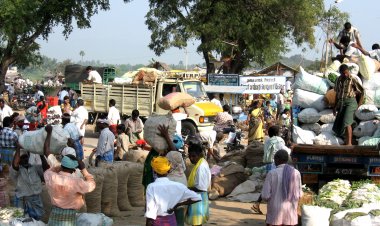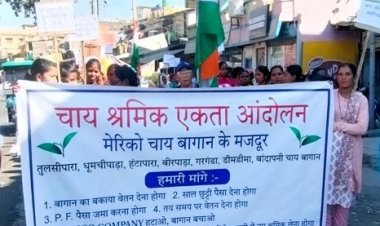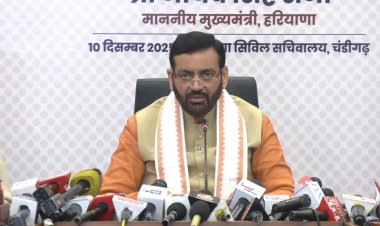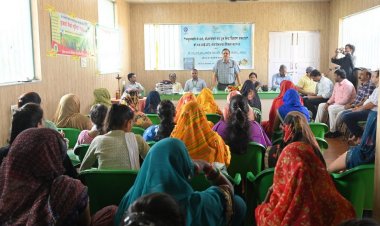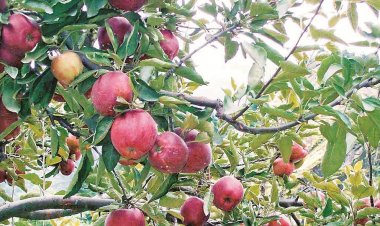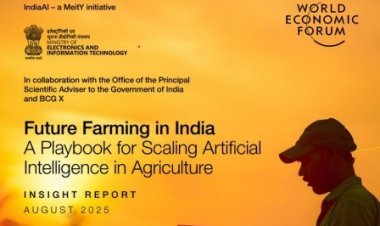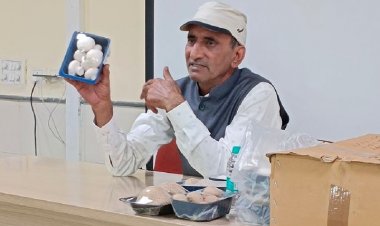Budget to promote agricultural diversification
The provisions in the proposed Budget are in continuation of the announcements made during the pandemic period. Overall, these will boost investment in agriculture, promote diversification, increase the incomes of farmers and improve the environment.
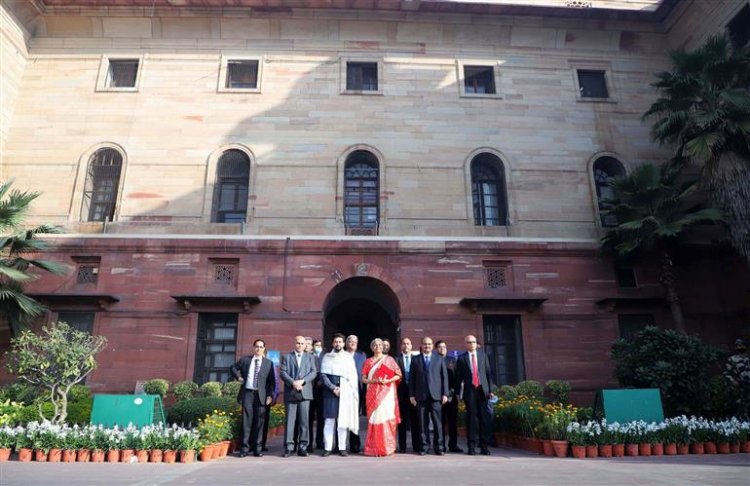
Budget 2021-22 has been presented in an extraordinary circumstance, when the country is recovering from Covid-19 pandemic. It aims to improve the health of the economy and the well-being of human beings. The broad objective of the Budget is to transform India through investment, infrastructure, institutions and innovations. It intends to revive the economy, accelerate growth, generate employment and improve the environment. Covid-19 has devastated the economy, adversely affected investment and reduced the purchasing power. All sectors were adversely affected, except agriculture. In fact, agriculture emerged as the main driver of economic growth.
The government has announced several measures during the lockdown and later to revive the economy through a new package under AtmaNirbhar Bharat. Agriculture also benefited from several measures to increase the income of farmers, ensure remunerative prices and improve supply chains of essential food commodities. The provisions in the proposed Budget are in continuation of the announcements made during the pandemic period. The Budget is to promote agricultural diversification towards horticulture, dairy and fisheries sector. These are untouched of minimum support prices and procurement.
To promote horticultural commodities, the ‘Operation Green Scheme’ was extended from TOP (tomato, onion and potato) to 22 commodities. It was in continuation of the earlier announcement made during the lockdown, when all fruits and vegetables were included under the scheme for six months. The main aim of the scheme is to protect the growers of fruits and vegetables from making distress sale due to lockdown and reduce the prices. The Budget has extended the scheme to minimize the price risk of fruits and vegetable growers. Under this scheme, the government provides subsidy at the rate of 50% of the total cost on (i) transportation from surplus to deficit regions, and (ii) hiring appropriate storage facilities for the eligible crops. This will strengthen the value chains of fruits and vegetables due to the transport subsidy and stabilize prices through facilitating storage when prices crash due to excess supply. The scheme will also contribute to stabilize incomes of growers of fruits and vegetables and minimize their wastage. The budget has also a provision to strengthen 1000 APMC markets and connect them under e-NAM. This will expand the scope of e-trading through e-NAM and ensure better prices of agricultural commodities.
The fisheries sector will receive investment in the development of modern harbours and fish landing centres. Such an investment will develop modern markets for the fisheries sector. In addition, promoting seaweed farming will significantly increase income and employment opportunities along the Indian coastline. About 30% population of India’s nearly-8000km-long coastline depends on exploitable coastal and marine resources. The Indian coastland has enormous potential of the luxuriant growth of seaweeds for multiple purposes. The Budget has provided to establish a Multipurpose Seaweed Park. Promoting seaweeds’ production, processing and marketing will open new income and employment opportunities for the poor living along the coastline.
It is a welcome measure that the budget also has a provision of setting up of a national institute for ‘One Health’, in view of the interlinkages between human, animal and plant diseases getting prominence. It has been witnessed that there are several diseases transferred from plants and animals to human beings. Therefore, a well-integrated health management system will reduce the extent of plant- and animal-induced diseases.
Infrastructural development in any form (roads, ports, shipping, waterways and power) will definitely contribute to boosting the agricultural sector, especially the perishable commodities. These effectively connect the production areas with the consumption centres. These will contribute to better integrate markets and stabilise prices of agricultural commodities.
Overall, the Budget provisions will boost investment in agriculture, promote diversification, increase the incomes of farmers and improve the environment.
(Dr. PK Joshi is former Director-South Asia, International Food Policy Research Institute (IFPRI). The views here are personal.)



 Join the RuralVoice whatsapp group
Join the RuralVoice whatsapp group

















